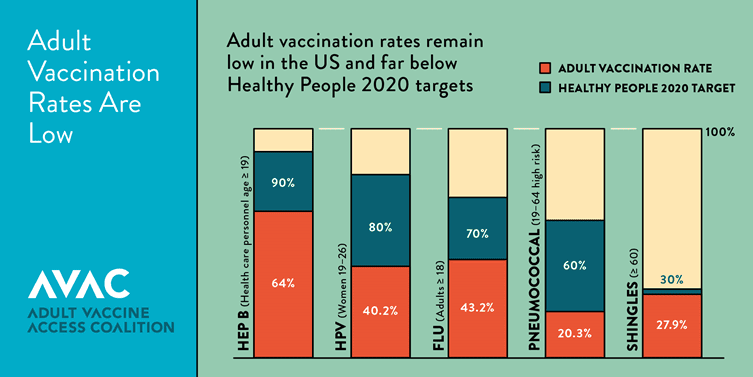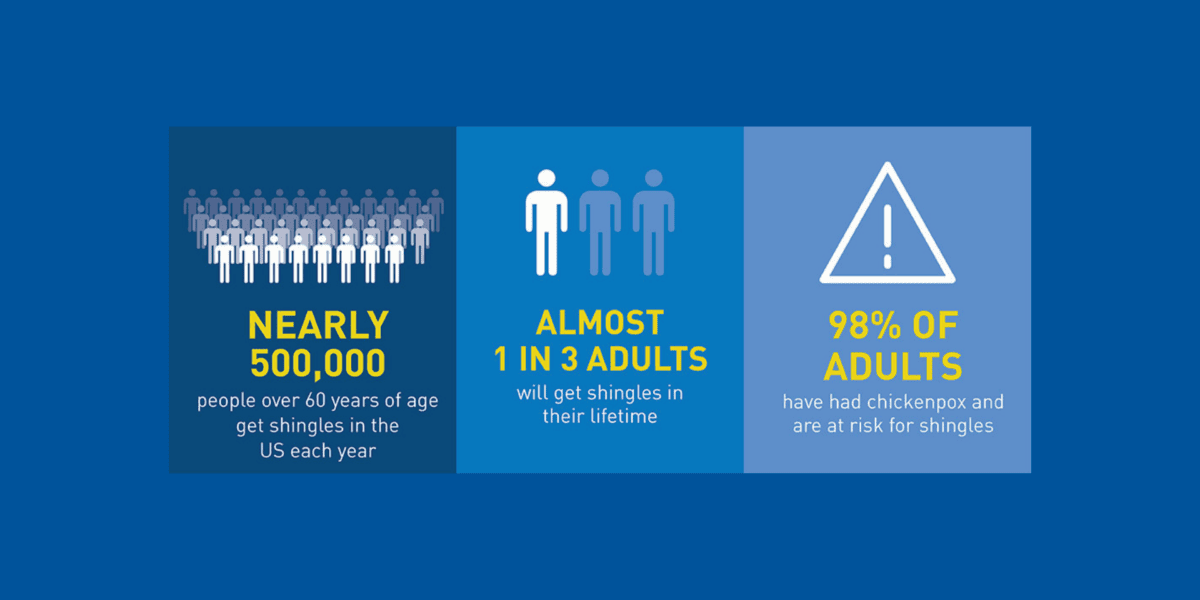Search & Filter
News Type
Topic
Disease
Population

Immunization is Crucial for Pregnant Women and Their Babies
Vaccination plays an important role in protecting the health of mother and baby. It is one of our best options in reducing their chances of morbidity and mortality from vaccine-preventable diseases.

Making the Case for Adult Vaccines
The US healthcare system is on the verge of an exciting transformation that focuses first on keeping people healthy. We must send a strong signal that increasing immunization rates among adults in the US is indeed a national priority.

The Perfect Time for On-Time Vaccination
Parents agree that car seats, handwashing, and bike helmets are important to help keep their children healthy. The same goes for immunizations.

Travel Vaccines: Know Before You Go
Planning to travel overseas this summer? Before any international travel, it is important to talk with a healthcare professional about recommended vaccines, depending on the country or countries you will be visiting. Vaccines can help protect you against a number of serious diseases, including typhoid and yellow fever, which are found in some developing countries.

Shingles: Are You at Risk?
Almost 1 in 3 people in the US will develop shingles during their lifetime and the risk of shingles increases with age. If you are 60 years of age or older and have not been vaccinated against shingles, ask a healthcare professional about shingles vaccination.

The 2016 Oscars of Infectious Diseases
The infectious disease community recently celebrated three heroes at the 2016 NFID Awards Dinner, also known as the ‘Oscars’ of Infectious Diseases. Past awardee Anthony S. Fauci, MD, presented Diane E. Griffin, MD, PhD with the 2016 Maxwell Finland Award for Scientific Achievement, Robert E. Black, MD, MPH was presented the 2016 Jimmy and Rosalynn Carter Humanitarian Award by Mathuram Santosham, MD, MPH, and Larry K. Pickering, MD received the 2016 John P. Utz Leadership Award from NFID President-Elect Walter A. Orenstein, MD.

Vaccine Lessons Learned in Three Short Stories
Special thanks to Kathryn M. Edwards, MD, Sarah H. Sell and Cornelius Vanderbilt Chair in Pediatrics and Director, Vanderbilt Vaccine Research Program at Vanderbilt University School of Medicine for sharing her acceptance speech for the 2016 Dr. Charles Mérieux Award for Achievement in Vaccinology and Immunology, delivered by William Schaffner, MD at the 2016 NFID Annual Conference on Vaccine Research.

Answering Complex and Difficult Questions
The National Foundation for Infectious Diseases (NFID) recently presented the 2016 Maxwell Finland Award for Scientific Achievement to Diane E. Griffin, MD, PhD in recognition of her career as a distinguished virologist, renowned for her studies of measles and alphaviruses, as well as her leadership and dedication to mentoring the next generation of infectious disease investigators.
